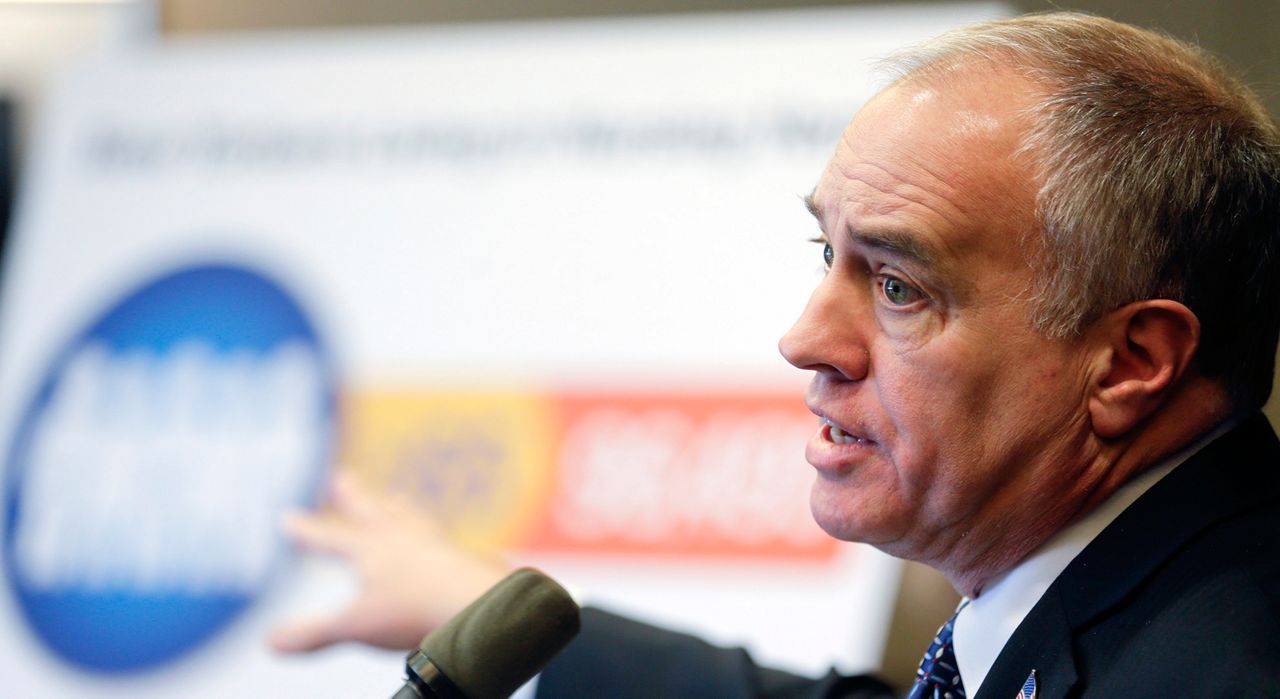Federal aid throughout 2020 helped New York avoid deep cuts in spending and a reduction in services, and more will be needed this year to help balance the state budget, Comptroller Tom DiNapoli found in a preliminary report analyzing Gov. Andrew Cuomo's proposed budget.
New York faces financial pressures brought on by the pandemic, squeezed on revenue while reliant on billions of dollars in aid from Washington to help shore up costs incurred by the public health crisis. The pandemic largely froze tax revenue for much of the last year and led to a spike in unemployment.
“The pandemic has caused unimaginable suffering and loss, and its ongoing toll is dauntingly unquantifiable as the crisis rages,” DiNapoli said. “As the proposed budget makes clear, New York has been hit hard. The consequences of the pandemic will be with us for a long time and federal funds have been essential in shoring up the state’s finances, but more is needed. While the outlook for state tax revenues has improved somewhat, any shortfall in anticipated federal assistance would drive undesirable budgetary choices that hurt New Yorkers.”
The financial plan projects spending from federal operating aid will reach $76.6 billion in the fiscal year due to end March 31. That is an increase of more than 30%.
Pressures on the state's Medicaid program have also been at issue during the pandemic, with enrollment growing by 12% from March to November to 6.8 million enrollees in New York. Cuomo's budget proposal would continue to grant authorization to the budget director to impose mid-year changes to spending.
But it's the long-term concerns for the state's finances that could dominate the conversation for years to come in Albany. The spending plan estimates combined budget gaps of $48.6 billion over the next five fiscal years unless the trajectory of spending and revenue shift.
If tax and spending measures are put in place, the cumuluative gaps fall to more than $17 billion, DiNapoli's report found.
Cuomo's budget plan submitted to the Legislature expects the state will receive $6 billion over the year in federal aid to help plug the budget gap, but the relatively low-end of aid in a potential stimulus plan would also lead to tax increases on the rich, a delay in tax cuts for middle-income earners and increased borrowing.
A more robust congressional stimulus action, one that sends $15 billion to New York, would largely restore spending projections to where they were in February, prior to the crisis.


